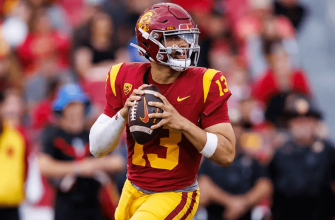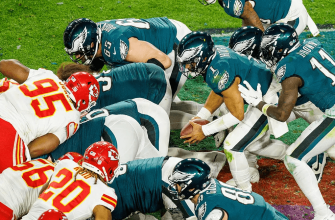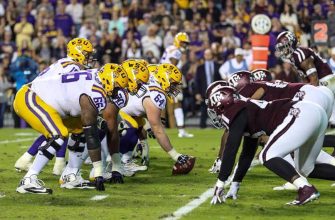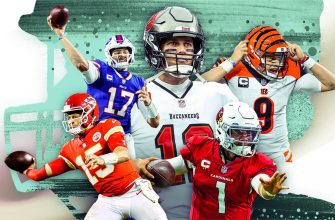Baseball and football are two of the most popular and culturally significant sports in America. Both sports have a long and storied history, dating back to the 19th century. Baseball is known as “America’s pastime” and is deeply ingrained in the nation’s identity. Football has also become massively popular, overtaking baseball as the most watched sport in America.
The cultural impact of baseball and football goes far beyond the field of play. Both sports are an important part of American childhood, as kids grow up playing these sports locally, on school teams, or in leagues. They inspire dreams of going professional. Baseball and football stadiums are hallowed grounds, where lifelong memories are made. The sports even impact our language, giving us idioms that are commonly used in everyday conversation.
While the rules and objectives of baseball and football are very different, they share similarities in their path to popularity, deep-rooted place in American culture, and impact on society. This article will explore how the two sports compare and contrast in their history, gameplay, strategy, key positions, youth participation, and more. Both sports provide lessons in teamwork, perseverance, strategy, and dealing with success and failure. By better understanding baseball and football, we can appreciate how they shape the American experience.
Basic Rules and Objective
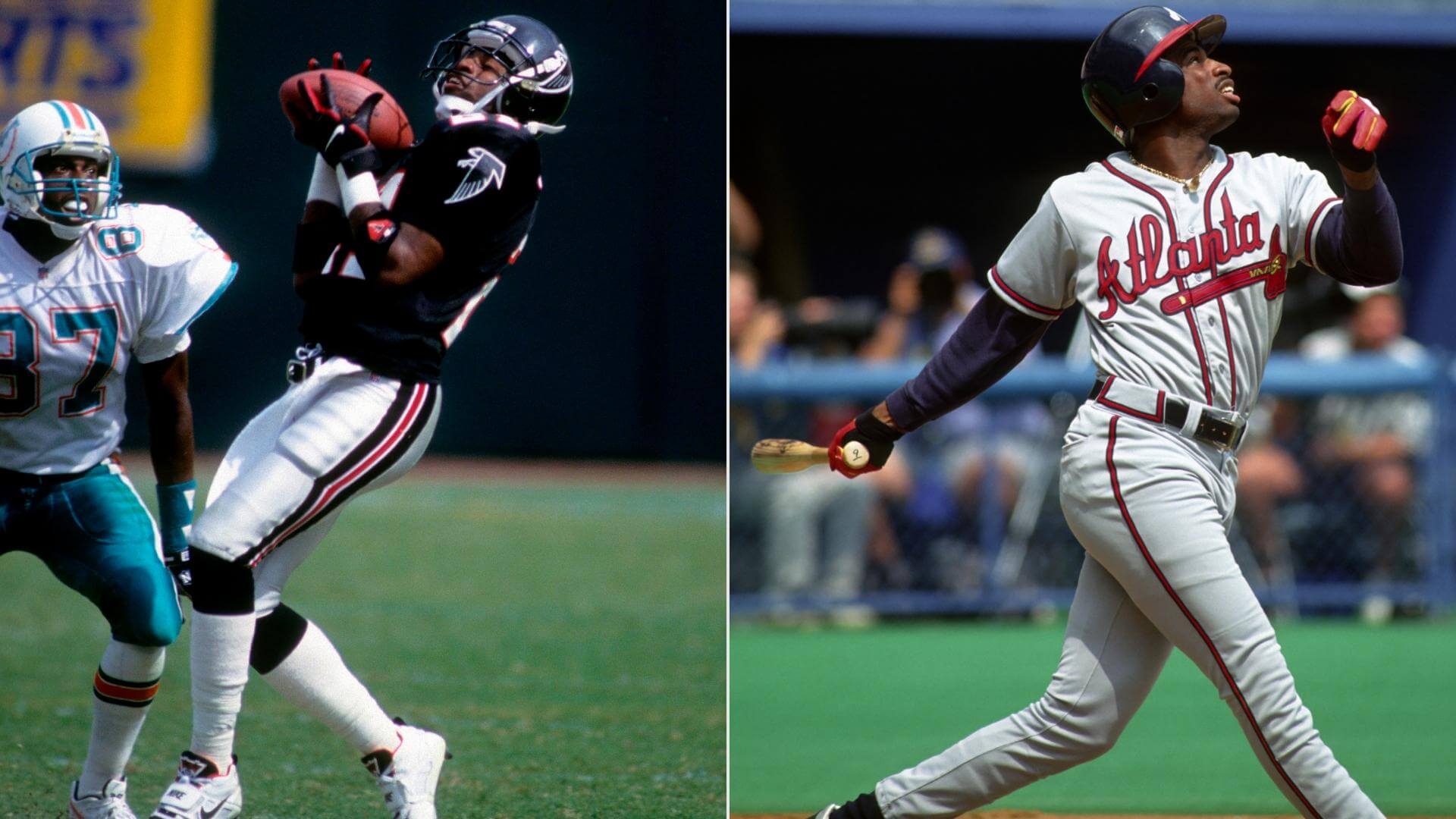
Football and baseball have distinctly different rules, number of players, field dimensions, and objectives for winning.
Football
Football is played on a rectangular field 120 yards long and 53.3 yards wide. Each team has 11 players on the field at a time. The objective is to score more points than the opposing team by advancing the ball into the endzone to score a touchdown (worth 6 points) or kicking the ball through the uprights to score a field goal (worth 3 points). The team with the ball (offense) has 4 attempts (downs) to advance at least 10 yards. If they fail to do so, possession goes to the other team. Games consist of four 15-minute quarters.
Baseball
Baseball is played on a diamond-shaped field with 90-foot base paths. Each team has 9 players on the field at a time. The objective is to score more runs than the opponent. A run is scored when a player advances through all three bases and back to home plate. A team is on offense when they are batting and trying to score runs. The defense tries to record 3 outs to end their turn at bat. There are 9 innings in a regulation game.
Game Length
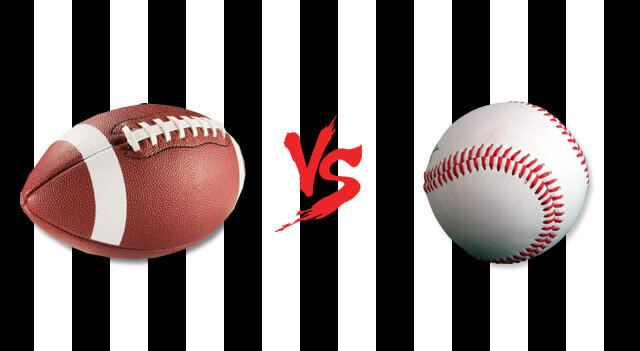
There is a significant difference in the length of football and baseball games. A regulation football game lasts 60 minutes, divided into four 15-minute quarters. Teams switch sides at the end of each quarter. There are natural breaks in the action between quarters and at halftime.
In contrast, a regulation baseball game has no set time limit and ends when one team wins. On average, most baseball games last around 3 hours, but can run shorter or longer. Baseball has 9 innings with 3 outs per inning per team. The pace of the game is determined by the pitcher and how long it takes for batters to get hits or walks. Extra innings may be played if the game is tied at the end of 9 innings.
The length of the season also differs substantially between the two sports. The NFL football season lasts just 17 weeks, including 3 weeks of playoffs. College football is similar, with 12 regular season games plus a bowl game. Baseball’s MLB season spans 6 months from April to September with 162 games per team. College baseball plays a 56 game regular season.
The condensed timeframe of football versus the marathon baseball season leads to different strategies in training, conditioning and recovery for athletes. It also impacts fans who must commit week after week for football versus a steady drumbeat of baseball games over 6 months.
Physicality
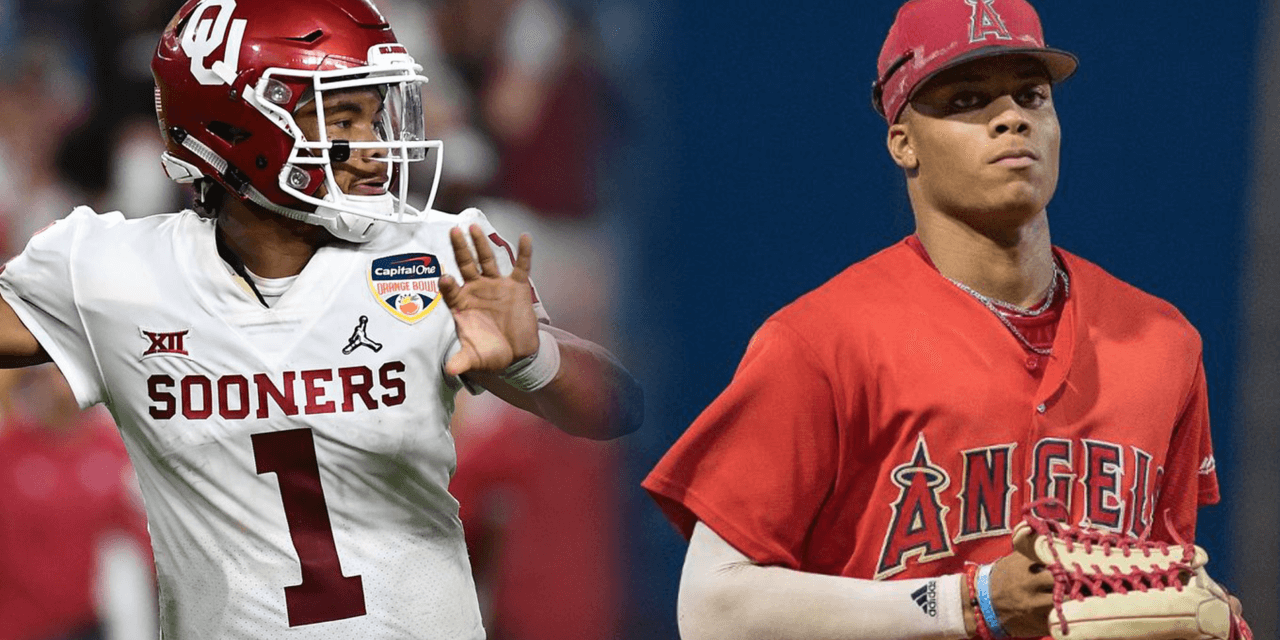
Football is a high contact, collision sport that requires immense physical strength, speed, and durability from players. Each play results in forceful impacts between players as they block and tackle each other to advance the ball. The repeated blows take a tremendous toll on players’ bodies over time. Football has a very high injury rate, especially concussions, knee injuries, broken bones, and other trauma from the constant hits. Chronic injuries often plague football players later in life as well.
Meanwhile, baseball is far less physically grueling on the body. While running the bases and making diving catches can lead to sprains and collisions, the overall injury risk is much lower. The main physical demands in baseball come from the hand-eye coordination required for hitting and fielding, as well as the arm strength needed for pitching and throwing. The lower body must also generate power when batting and running. But baseball is much kinder to players’ bodies over the long run. Former football players often struggle with chronic pain and health issues after retirement, while many baseball players continue playing into their 40s with minimal long-term effects.
Strategy
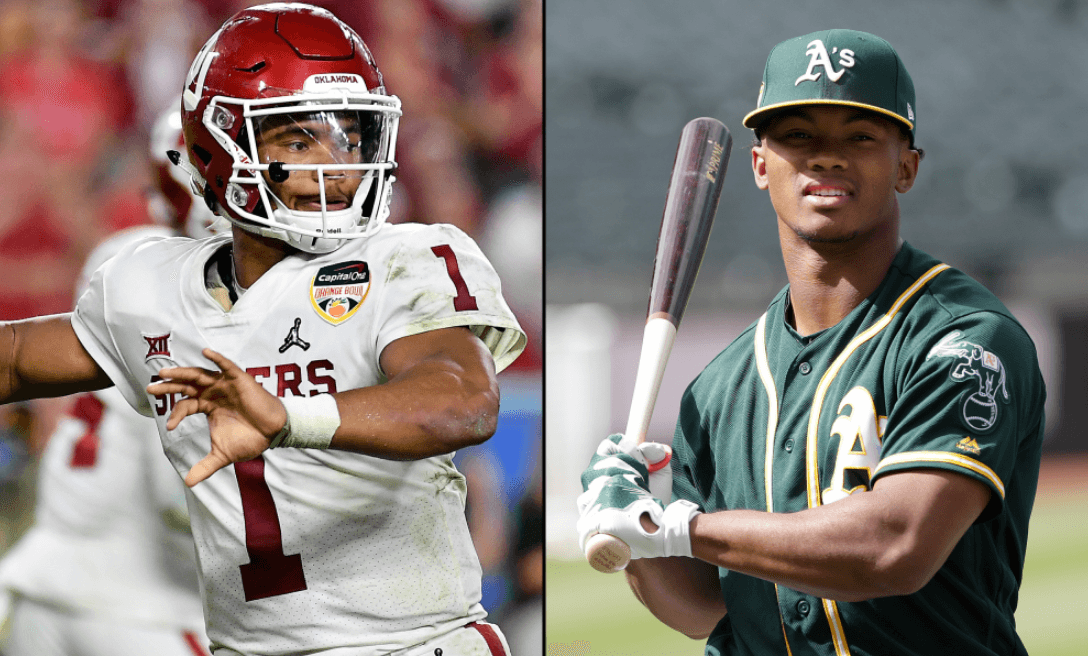
The strategic elements of football and baseball offer an intriguing comparison. In football, there is a great deal of strategy that takes place on the sidelines, before the play even begins. Coaches scrutinize the opposing defense and call plays based on exploiting matchups and tendencies. Audibles at the line allow quarterbacks to change the play call once the defense is revealed. Coaches must also make key in-game adjustments at halftime based on how the game is unfolding.
In contrast, baseball strategy relies more on the players’ decision-making and instincts during the game. While the manager sets the batting order and defensive positioning, it’s up to the players to read and react to the game situations. Pitchers mix pitches and location to keep batters guessing, while batters look for patterns and clues from the pitcher’s motions to gain an advantage. The manager may call for a sacrifice bunt, hit and run, or other set play, but generally once the inning starts the players control the action. Unlike football, baseball offers less opportunity for radical strategic shifts, instead flowing from pitch to pitch with constant mental duels between pitcher and batter.
Both sports offer intriguing strategic elements, from the chess match-like adjustments of football coaches to the gut instinct and guile required during each baseball at-bat. The contrasts showcase how much strategy varies across sports depending on rules, pace of play, and amount of stoppages.
Scoring
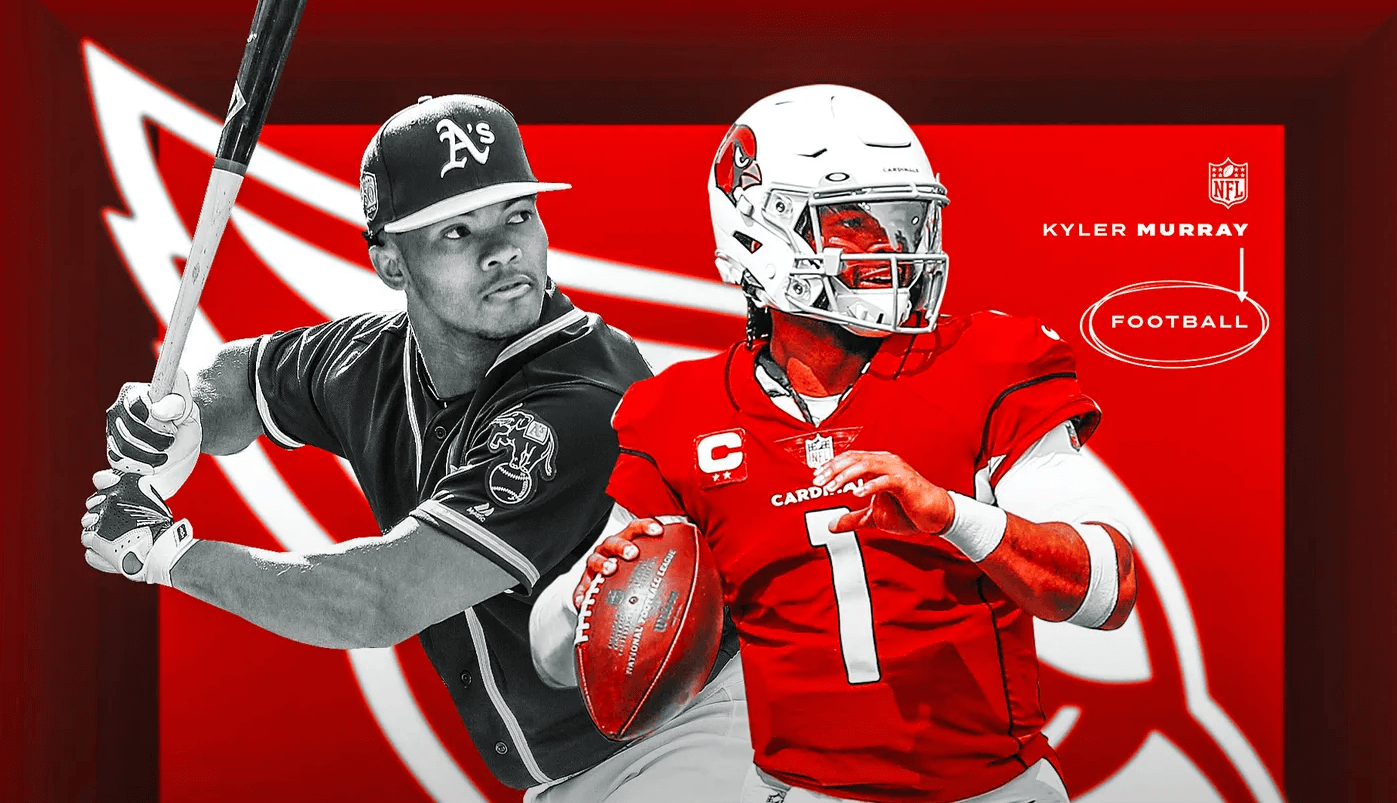
Football and baseball have very different scoring systems that lead to vastly different point totals in a typical game.
In football, teams score points through touchdowns, field goals, and safeties. A touchdown, where the ballcarrier crosses the goal line with the ball, is worth 6 points. After a touchdown, the scoring team can attempt a 1-point conversion from the 2-yard line or a 2-point conversion from the 3-yard line. Field goals, where the kicker kicks the ball through the uprights, are worth 3 points. Safeties, where the defense tackles an offensive player with the ball in their own end zone, are worth 2 points. It’s rare for a football team to score more than 50 points in a game. Most games end with teams scoring in the 20s or 30s.
In baseball, runs are scored when a player advances around the bases and touches home plate. There are many ways to score a run – singles, doubles, triples, home runs, walks, hit by pitches, wild pitches, passed balls, errors, etc. Baseball games routinely end with double digit scoring for both teams. It’s not uncommon for baseball teams to score 10-15 runs each per game. Some high scoring games end with football-like point totals in the 20s for each team. The differences in typical scoring reflect the continuous, more free-flowing nature of baseball versus the structured, start-and-stop play of football.
Key Positions

In both football and baseball, certain positions are critical to the success of a team.
Football
The quarterback is the most important position in football. The quarterback receives the ball on every offensive play and either hands off, passes, or runs the ball. The quarterback is like the coach on the field, calling plays and reading defenses. They need to have a strong arm, quick decision-making skills, and leadership abilities.
Other key positions are:
- Running back – Runs the ball on rushing plays and sometimes catches passes
- Wide receiver – Catches passes from the quarterback to advance the ball downfield
- Offensive lineman – Protect the quarterback from being tackled and block for running plays
- Cornerback/Safety – Defend against opposing receivers and try to intercept passes
- Linebacker – Rush the quarterback and stop running plays
Baseball
The pitcher is the most critical position in baseball. The pitcher starts each play by throwing the ball to the catcher. Pitchers use different pitches and speeds to get batters out. They need to have strong arms, control, and a variety of pitches in their arsenal.
Other vital positions include:
- Catcher – Receives pitches from the pitcher and sees the entire field to direct defensive positioning
- First baseman – Fields balls hit near first base and catches throws to record outs
- Second baseman, shortstop, third baseman – Defend the infield and make plays on ground balls
- Outfielders – Cover a large territory to catch fly balls and prevent extra base hits
- Designated hitter – Bats in place of the pitcher and focuses only on offense
The key positions require specialized skills and play an outsized role in their teams’ success. Football and baseball depend on strength at these critical spots.
Youth Popularity
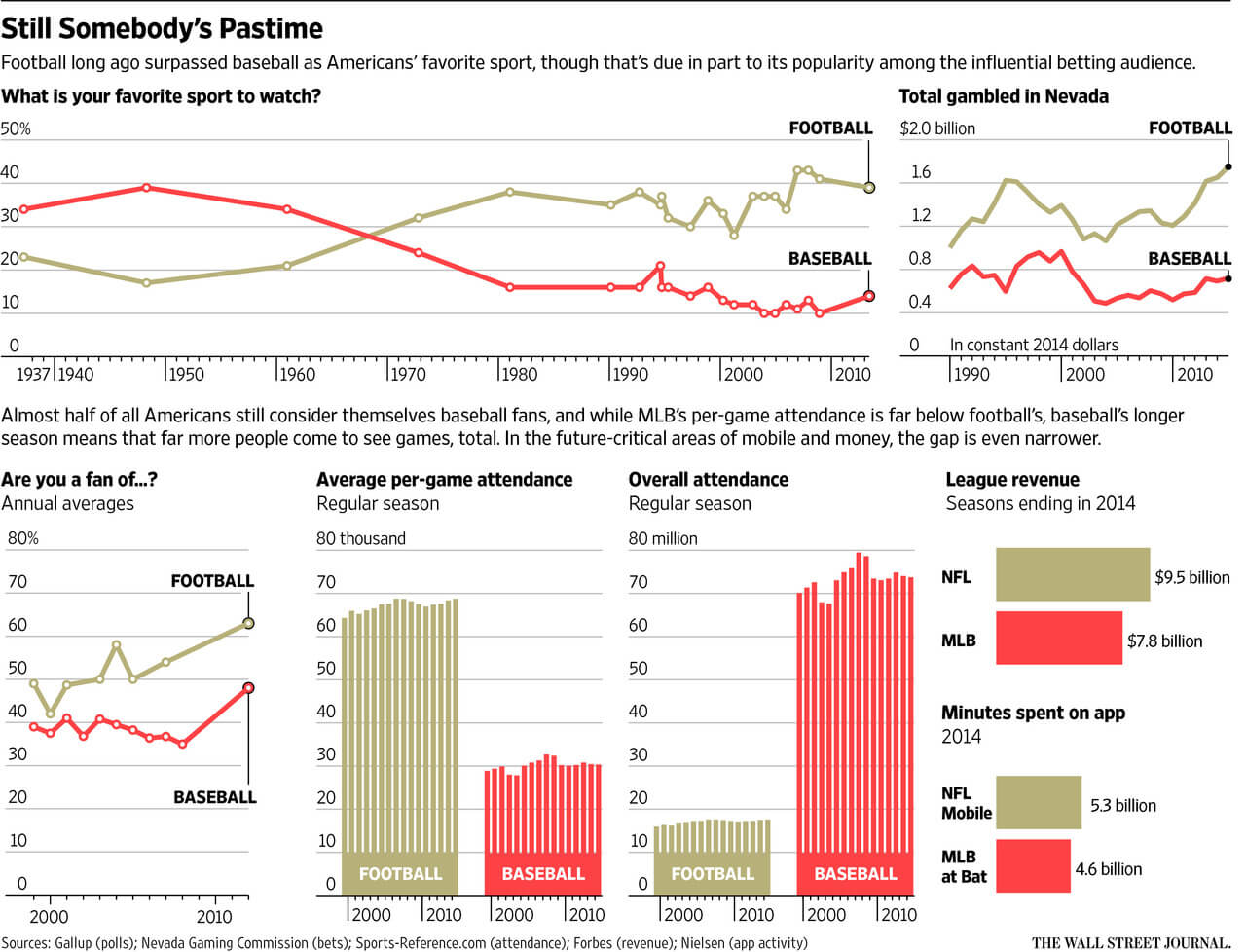
Football and baseball have long been two of the most popular youth sports in America. However, in recent years football’s participation rates among kids have started to decline while baseball has remained steady or even grown slightly.
According to a study by the Sports & Fitness Industry Association (SFIA), tackle football participation among kids ages 6-12 dropped from over 3 million in 2010 to just over 2 million in 2018. Flag football participation remained steady at around 1.7 million during the same time period.
Meanwhile, baseball participation has hovered between 4-5 million kids ages 6-12 over the past decade based on SFIA data. So while football remains popular, baseball now draws nearly twice as many young players as tackle football and flag football combined.
Several factors may explain this trend. Concerns over football’s safety due to concussions and head injuries have led some parents to steer their kids toward other sports. Baseball is perceived as less dangerous and allows more continuous play and activity for each player. Football can see players stagnate on the bench. Baseball also benefits from strong youth programming like Little League that keeps the sport accessible and fun for young kids.
Going forward, youth participation rates will play a big role in the talent pipelines and future popularity of these sports. Baseball appears well positioned to maintain its foothold among American children. But football faces challenges to regain participation levels as worries persist about its safety for kids. Still, both sports will likely remain pillars of the youth sports landscape for years to come.
College Pathways

There are distinct differences in the typical college recruitment and development process between football and baseball.
In football, elite high school players are heavily recruited by top college programs starting in their junior year of high school. Coaches frequently visit top recruits at their high schools or homes and make scholarship offers to try to lock down commitments early. The recruitment culminates in National Signing Day in February when top recruits formally commit to a college program.
Once in college, football players have just 3-4 years to develop before becoming draft eligible for the NFL. Coaches focus on developing strength, size, speed, and football skills during this short college window. Playing time is critical so players can demonstrate skills for NFL scouts.
In contrast, baseball recruitment is more decentralized without a national signing day. Coaches scout top high school players but recruitment happens later in high school or after graduation. Scholarship money is scarce in college baseball with only 11.7 scholarships allowed per team.
Once in college, baseball players focus on incremental development over multiple years to improve their skills and increase their draft stock. It’s common for baseball players to spend 2-3 years in college developing before becoming draft eligible. Coaches have more time to refine baseball skills like pitching, hitting, and fielding.
The different time horizons and developmental approaches demonstrate the variance in paths to professional sports between these two iconic American sports.
Conclusion
Football and baseball have stood the test of time as two of the most popular sports in America. While they share some similarities, such as being team sports played on a field with a ball, they have many differences that make each sport unique.
The major differences come down to gameplay and strategy. Football relies on intense bursts of physicality, complex playbooks, specialized player roles, and marching the ball down the field. Baseball is more focused on individual matchups between pitcher and batter, rallying runs across innings, and sudden bursts of action around hits and stolen bases.
In terms of appeal, football satisfies fans who like hard-hitting athleticism, complex strategies, and intense rivalries. Baseball provides a more leisurely pace punctuated by suspense and rallies, statistical analysis, and the crack of the bat.
While being different sports, football and baseball have each carved out a special place in American culture. Fans are unlikely to give up one sport for the other. The unique appeals of football and baseball ensure that both sports will continue to be fan favorites for generations to come. Each brings something special to the table for sports fans.





